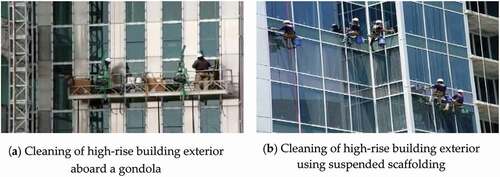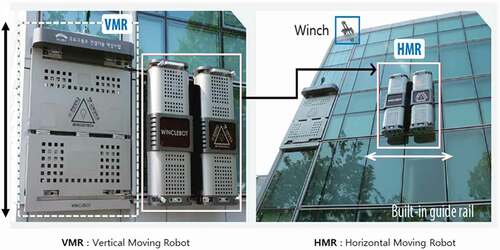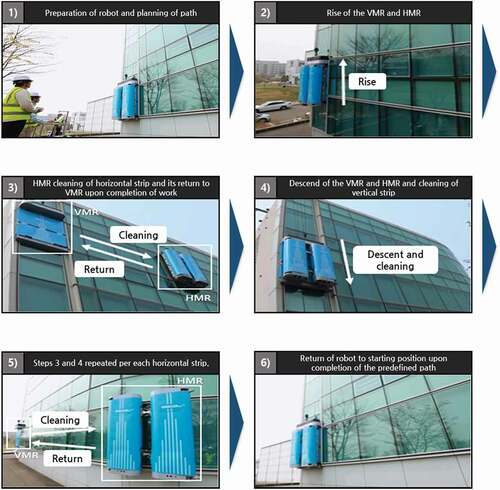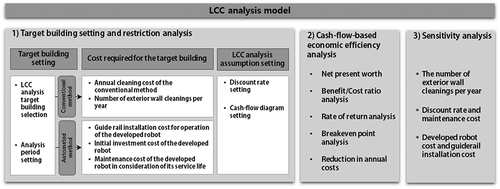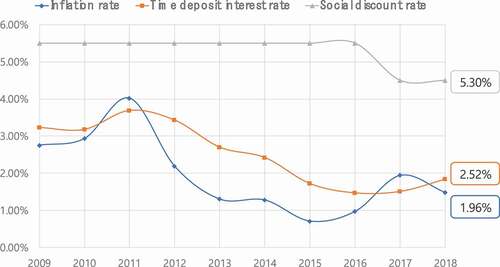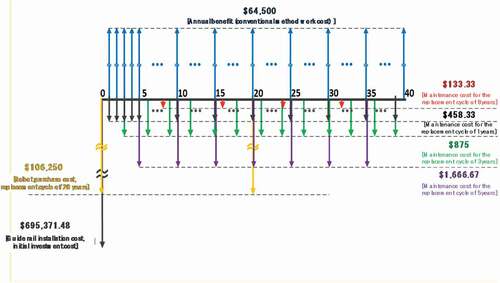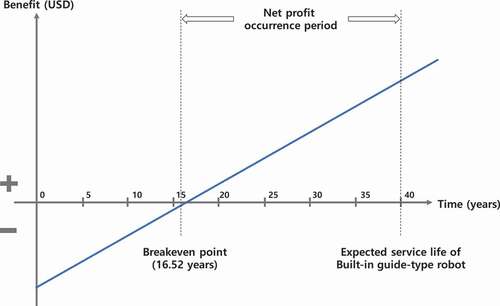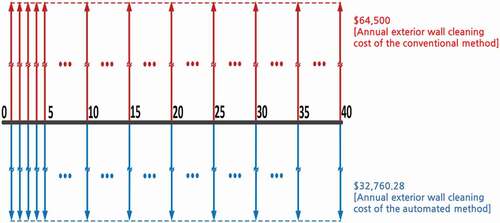Figures & data
Figure 2. Representative disaster cases related to work on exterior walls suggested by KOSHA (Korea Occupational Safety & Health Agency Citation2019).
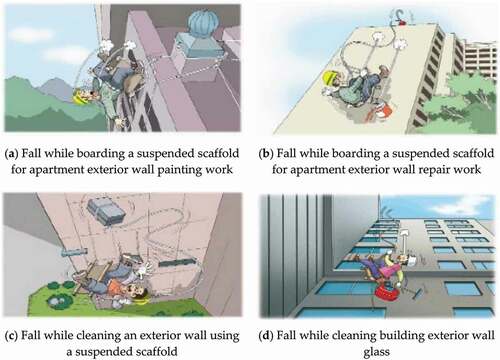
Table 1. Cleaning robots developed worldwide.
Figure 4. Components of the VMR (Han Citation2015).
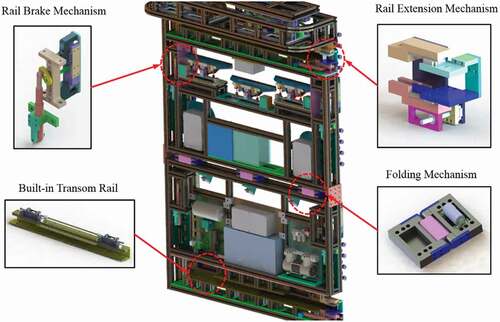
Figure 5. Components of the HMR (Han Citation2015).
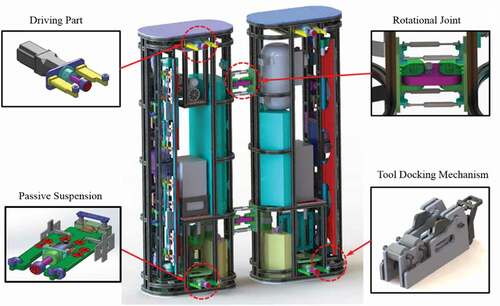
Figure 6. Driving performance of the HMR (Han Citation2015).
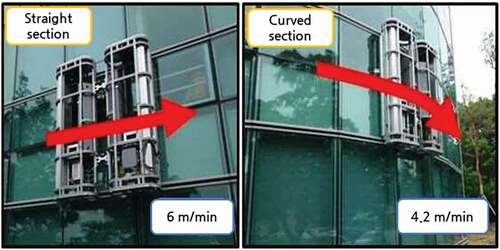
Figure 7. HHO of the HMR (Han Citation2015).
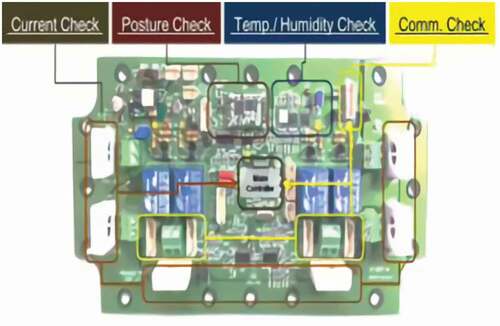
Figure 8. LC of the HMR (Han Citation2015).
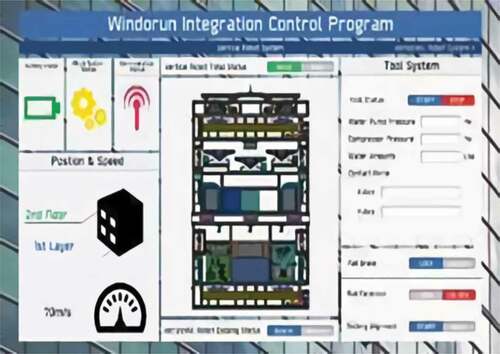
Table 2. Performance and specifications of the hardware of the developed robot.
Table 3. Costs of main components of a conventional curtain wall.
Table 4. Costs of main components of a curtain wall with guide rails.
Table 5. Maintenance cost of the robot.
Table 6. Target building used in the LCC analysis.
Table 7. Sensitivity analysis on the number of times cleaning is undertaken per year.
Table 8. Sensitivity analysis on the discount rate.
Table 9. Sensitivity analysis on the maintenance cost.
Table 10. Sensitivity analysis on the robot cost.
Table 11. Sensitivity analysis on the guide rail installation cost.

